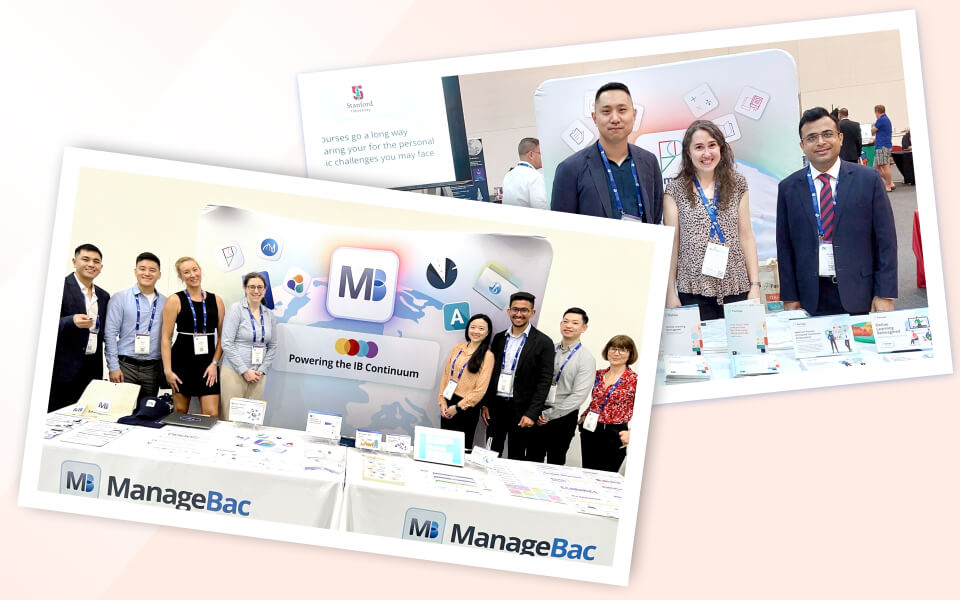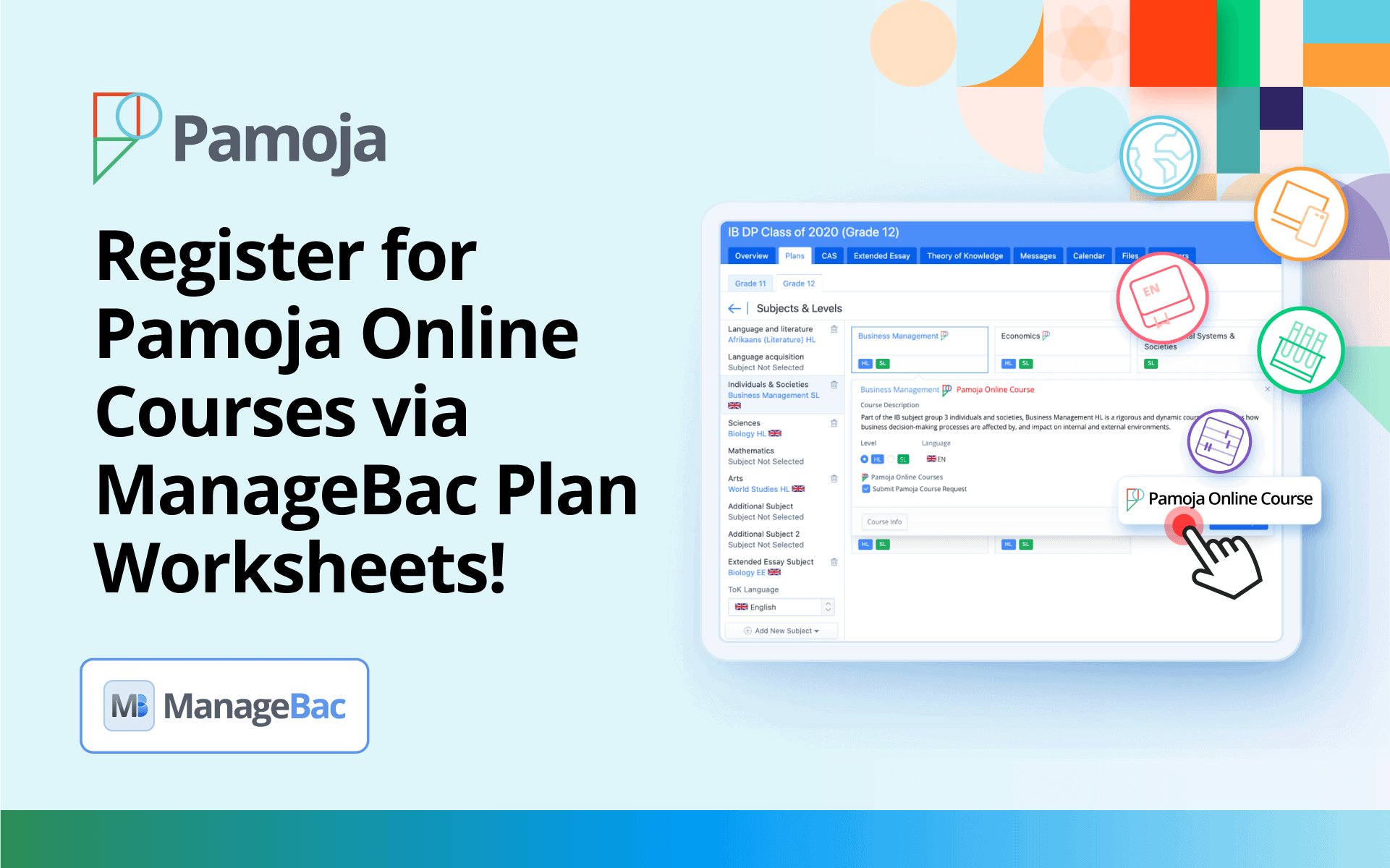A key outcome of our recently published white paper on Digital Transformation in IB World Schools. The report compiles data from research commissioned by Pamoja over the years in an effort to highlight the various stages of implementation of digital learning in IB Diploma Programme classrooms and reflect on the challenges and opportunities presented to schools. Introducing technology in the classroom can be daunting but proves worthwhile at several levels.
Technology to support students
Encouraging students to use digital resources in their learning helps them prepare for life after school, whether they go on to higher education or start their career. As identified by UCL’s Institute of Education in their academic research on pre-tertiary engagement with online learning, online courses help students develop essential skills and behaviours for university preparation. They become familiar with tools and resources they will use as part of their university degree, develop their confidence in using technology to resource information as well as their independence in learning.
Stating that most schools support their students through technological solutions therefore comes as no surprise. In fact, our research shows that 94% of IB World Schools worldwide use technology to support their students through digital textbooks and other self-study resources.
Technology to support teachers
Benefits to students may be more commonly acknowledged than those to teachers, yet schools have made some clear progress to support teachers. While most schools use technology to some extent to facilitate teachers’ administrative tasks, lesson planning and/or student activity monitoring, fewer have been leveraging tools available to introduce new teaching methods.
Far from threatening teachers’ future employability, digital resources can enhance the role of the teacher and provide professional development opportunities when carefully planned. A recent research carried out by Polar Insight on Pamoja’s behalf reports that successfully integrating digital learning methods with traditional learning methods remains a challenge for 60% of our research participants.
Technology embedded in the school’s philosophy and strategy
Currently one in 10 IB World Schools use technology to change their philosophy and strategy to incorporate remote or virtual teaching. More and more schools are planning to incorporate blended learning over the next five years. A successful implementation of this model in a school requires further consideration to align with a school’s philosophy and gather support for faculty as well as its broader community including parents.
The full version of our Digital Transformation in IB World Schools white paper provides further details on the outcome of our research and some recommendations to identify new opportunities for your school. The report is now available to read or download online.
Sign up to our monthly newsletter to keep up to date with all the latest Pamoja news.




